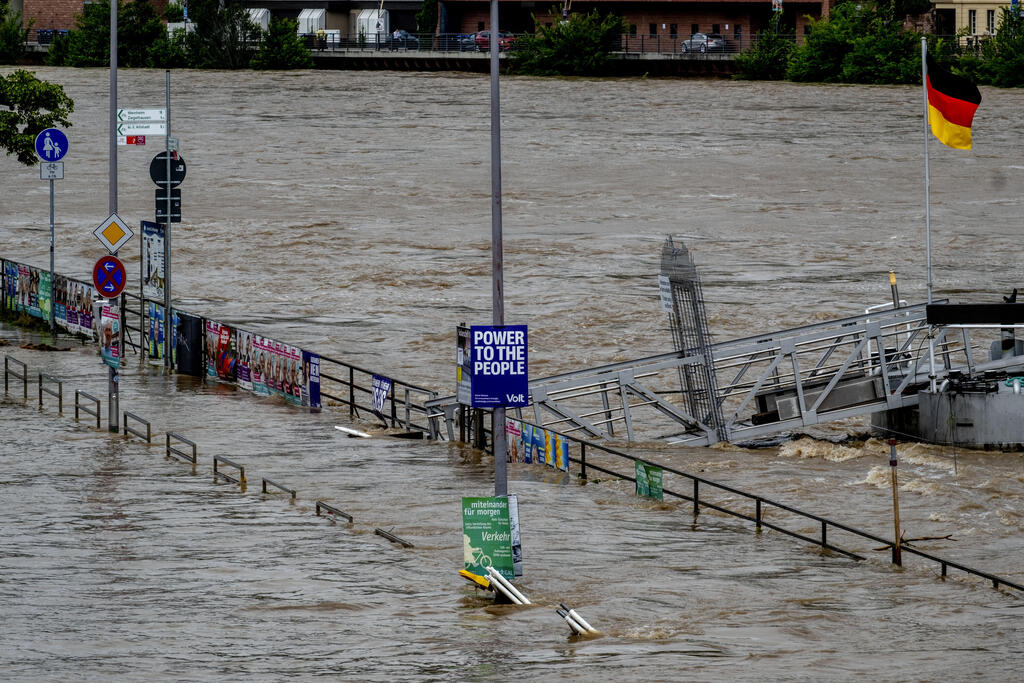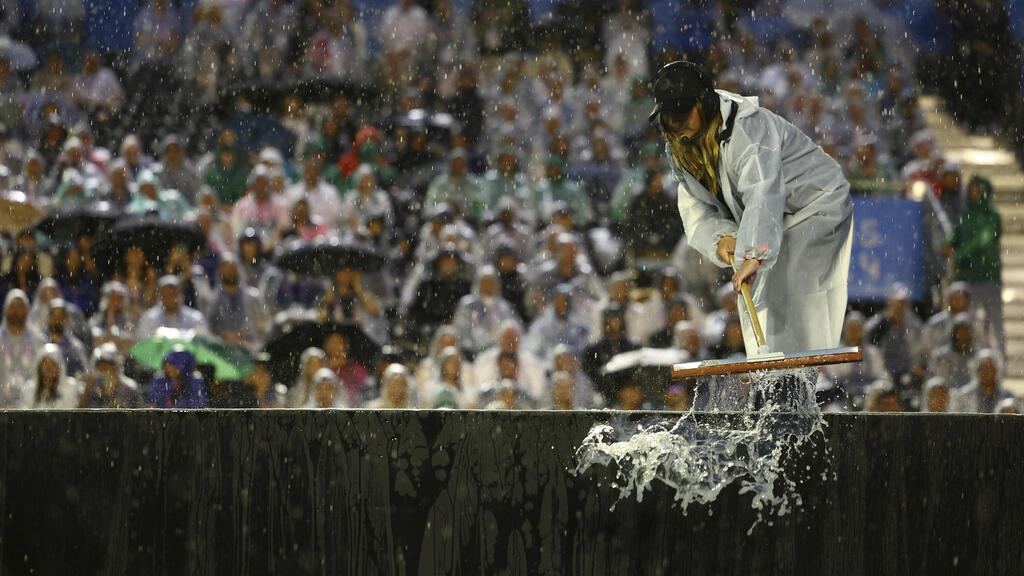Getting your Trinity Audio player ready...
The 2024 Paris Olympics opening ceremony was held last week under a torrential downpour, exemplifying the increasingly irregular and intense rains, even during seasons that are supposed to be dry. A new study published in the Science journal provides the first systematic observational evidence that human-induced climate changes are making global rainfall patterns more volatile.
Researchers from the Institute of Atmospheric Physics (IAP) at the Chinese Academy of Sciences, the University of the Chinese Academy of Sciences (UCAS), and the UK's Met Office, demonstrate how the trend has manifested and intensified since the beginning of the 20th century.
Rainfall variability refers to the inconsistency in the timing and amount of rainfall. Higher variability means that precipitation is distributed unevenly over time, resulting in wetter and drier periods.
For example, some places might receive their annual rainfall within a few days, experience prolonged dry spells followed by heavy downpours, or see sharp and rapid transitions between droughts and floods.
While climate models predicted this variability would increase with future warming, the study confirms that the pattern has already emerged over the past 100 years. By analyzing a wide range of observational data, the researchers found that rainfall variability has increased over more than 75% of the Earth's land surface since the early 20th century, particularly in Europe, Australia, and eastern North America.
In fact, the researchers discovered that daily rainfall variability has increased globally by 1.2% per decade, a trend that became more pronounced in the latter half of the last century after 1950.
"The increase in rainfall variability is mainly due to anthropogenic greenhouse gas emissions, which have led to a warmer and more humid atmosphere. This means that even if the atmospheric circulation remains the same, the additional moisture in the air leads to more intense rain events and more drastic fluctuations between them," said Dr. Zhang Wenxia from the Institute of Atmospheric Physics at the Chinese Academy of Sciences.
" The future we are anxious about is already here," added Dr. Zhou Tianjun from the Institute of Atmospheric Physics at the Chinese Academy of Sciences and the University of the Chinese Academy of Sciences. According to him, the increased variability in precipitation that he and his colleagues observed serves as crucial evidence of greater daily fluctuations, making it harder to predict and prepare for future environmental impacts.
Dr. Wu Peili from the UK's Met Office said rapid and extreme changes in climate patterns pose significant risks to the resilience of global infrastructures and economies, as well as the functioning of ecosystems and carbon sinks in an era where climate change will surpass them. “Therefore, immediate adaptation measures are essential to address these challenges," he added.




